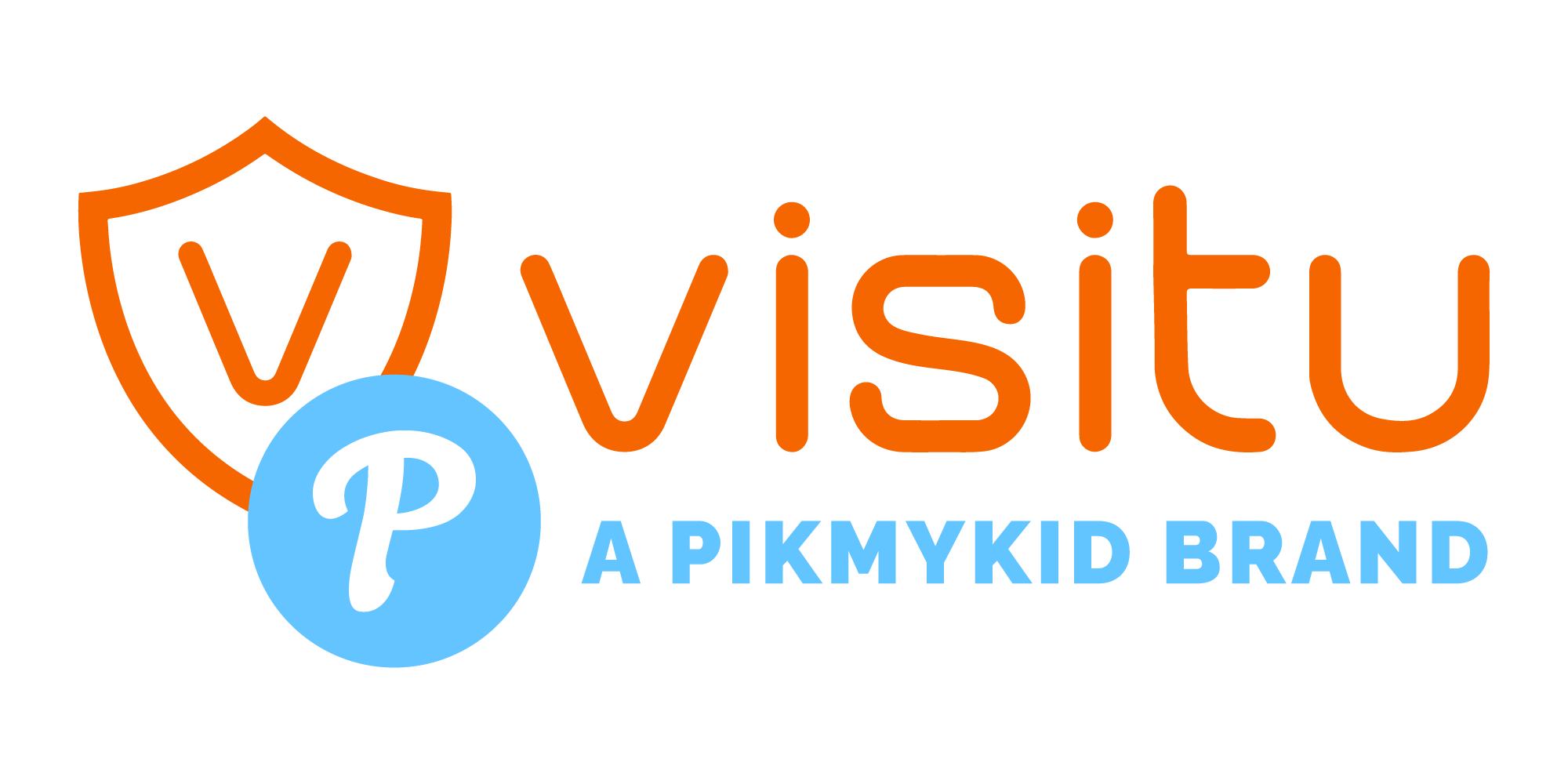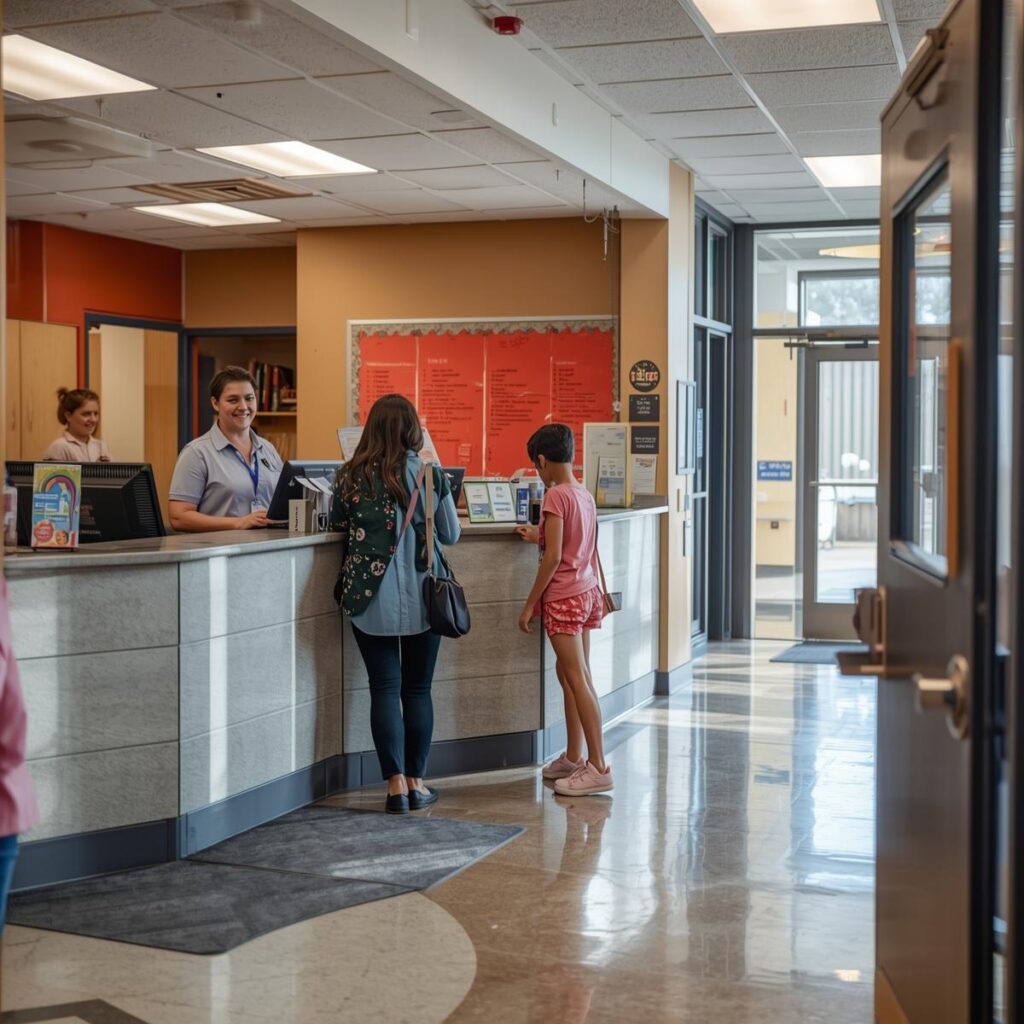Attendance is more than a daily routine—it’s a vital component of accountability, safety, and student success. Tracking who is present, late, or absent affects everything from academic performance to compliance reporting. For decades, schools have relied on manual roll calls, paper registers, and spreadsheets. But in today’s data-driven education landscape, those tools no longer meet the demands of modern campuses.
A digital attendance management system for schools replaces outdated processes with automation, accuracy, and real-time insights. It streamlines operations, improves communication with families, and provides administrators with actionable data. Whether managing on-campus or hybrid classrooms, this technology ensures that attendance tracking becomes efficient, transparent, and dependable.
This comprehensive guide explores how modern systems work, their benefits, and what to consider when choosing the best platform for your school.
1. Introduction to Attendance Management Systems in Schools
So, what is a student attendance management system? It’s a digital platform designed to automate the process of recording student attendance. Instead of manual roll calls, teachers use smart tools like digital apps, biometric scanners, RFID cards, QR codes, or facial recognition to log attendance instantly.
These systems go beyond record-keeping. They connect teachers, administrators, and parents through real-time dashboards, notifications, and analytics. The result is faster reporting, better communication, and complete visibility into student attendance patterns.
Over time, attendance tracking has evolved significantly. What once involved pen and paper has transformed into digital classroom attendance tracking powered by AI, mobile devices, and cloud technology. Modern solutions help schools prevent data errors, reduce administrative time, and ensure compliance with district and state requirements.
An attendance management system for schools also supports accountability. It helps teachers focus on instruction instead of manual record entry and gives administrators reliable data for decision-making. This shift from reactive reporting to proactive tracking creates safer and more efficient campuses.
2. How a School AMS Works: Key Components and Processes
Understanding how a school attendance management system functions begins with its core technology. These systems rely on forms of attendance collection methods beyond manual pen and paper, such as mobile apps, biometric scanners, RFID cards, QR codes, or facial recognition.
Biometric attendance for schools ensures each student is uniquely identified, eliminating proxy check-ins. RFID-based systems use smart ID cards that automatically log attendance when scanned at entry points. QR or barcode systems allow teachers to record attendance using mobile apps or tablets, ideal for hybrid and field environments.
Once captured, the data syncs to a centralized, cloud-based platform. Teachers and administrators can access attendance records instantly, generate reports, and analyze trends across grades or classrooms. Parents receive immediate notifications about absences or tardiness through the parent notification system, closing the gap between school and home communication.
Integration with a school information system allows schools to link attendance with grades, schedules, and disciplinary records. Automated alerts and real-time syncing ensure every stakeholder—from teachers to parents—has accurate information at all times.
When combined, these features make an attendance management system for schools an essential tool for transparency, accountability, and operational excellence.
3. Benefits of an Automated Attendance System for Schools
Implementing an automated attendance management system for schools brings measurable benefits across the entire education ecosystem.
For Teachers:
Automated tracking eliminates manual roll calls and tedious data entry. Teachers can mark attendance through mobile devices and access instant reports. The saved classroom time can be redirected to teaching and student engagement.
For Students:
Automation encourages punctuality and personal responsibility. Students understand that their attendance is recorded accurately, motivating them to arrive on time. It also reduces disputes over absences or late arrivals.
For Parents:
The parent notification system delivers real-time updates. If a student is absent or late, parents receive immediate alerts, allowing quick follow-up. This transparency builds trust and keeps families involved in their child’s education.
For Administrators and District Leaders:
Administrators gain visibility into attendance trends and compliance metrics. Reports are generated automatically, reducing paperwork and human error. With centralized dashboards, schools can easily meet district reporting requirements or government audits.
Together, these benefits enhance communication, efficiency, and accountability—creating a culture of attendance that supports both learning and safety.
4. Common Challenges in Traditional Attendance Tracking
Before automation, schools faced major challenges in tracking attendance manually. Teachers often lost valuable teaching time performing roll calls, while administrators spent hours consolidating paper records.
Manual systems also led to mistakes. Misread names, incomplete logs, or misplaced sheets caused confusion during audits or parent meetings. Proxy attendance—students marking others present—was common and difficult to detect.
The rise of remote and hybrid learning added even more complexity. Tracking attendance online relied on unreliable check-ins, login timestamps, or self-reporting. These methods made it hard to verify student engagement or presence.
Perhaps the most significant drawback was the lack of real-time communication. Parents often discovered absences long after classes ended. This delay reduced opportunities for quick intervention.
These issues underline why schools are embracing school attendance automation. Digital systems replace guesswork with accurate, time-stamped data and create immediate communication loops between schools and families.
5. Overview of Different Types of School Attendance Management Systems
Schools can choose from several types of systems depending on their size, technology readiness, and operational needs.
1. Cloud-Based Attendance Management Systems
A cloud-based attendance management system for schools provides real-time data across devices. It supports both in-person and remote learning by tracking attendance through virtual participation and device logins.
2.Biometric Attendance Systems (Fingerprint or Facial Recognition)
These systems verify each student’s identity using biometric data. They eliminate proxy attendance and ensure maximum accuracy. However, schools must ensure data privacy and parental consent for implementation.
3.RFID-Based Attendance Systems
Students carry ID cards embedded with RFID chips. When scanned at entry points, these cards record attendance automatically. This approach is ideal for large campuses and integrates easily with security systems.
QR Code or Barcode-Based Attendance
QR codes displayed on student IDs or classroom lists are scanned using mobile devices. It’s cost-effective, fast, and great for hybrid learning environments.
4.QR Code or Barcode-Based Attendance
QR codes displayed on student IDs or classroom lists are scanned using mobile devices. It’s cost-effective, fast, and great for hybrid learning environments.
5. AI-Powered Student Attendance Monitoring
This emerging technology uses artificial intelligence to analyze student behavior, detect attendance anomalies, and generate predictive insights. AI-powered student attendance monitoring can alert administrators about trends that may indicate academic disengagement.
By choosing the right combination, schools can create a solution that aligns with their operational structure and technology goals.
6. How to Choose the Right Attendance Management System for Your School
Selecting the best attendance management system for schools starts with understanding your specific challenges and priorities. Scalability is essential—ensure the system can grow with your enrollment and adapt to multiple campuses.
Ease of use matters. Teachers should be able to mark attendance or generate reports quickly without complex steps. Systems that offer user-friendly interfaces, automation, and clear dashboards improve adoption across staff.
Integration capabilities are equally important. The best attendance tracking software for schools connects seamlessly with learning management systems, student databases, and communication tools. This integration ensures consistent, centralized data.
Consider the platform’s flexibility. Cloud-based systems allow access from anywhere, while mobile apps enable teachers to record attendance during field trips or outdoor classes.
Cost and compliance should also influence your choice. Ensure your provider meets data privacy standards under FERPA and COPPA. Transparent pricing and reliable support are signs of a trusted vendor.
Finally, evaluate parent communication tools. Real-time notifications not only keep families informed but also encourage accountability. A good AMS fosters collaboration between school and home.
7. The Future of Attendance Tracking in Education
Technology continues to redefine how schools track and interpret attendance. The next generation of systems will move beyond logging presence to understanding student behavior and engagement.
Artificial intelligence and automation will play central roles in this evolution. AI-powered student attendance monitoring tools will analyze attendance data, identify risk patterns, and recommend interventions before chronic absenteeism develops.
Predictive analytics will allow educators to connect attendance with academic performance and socio-emotional factors. Data-driven insights will help districts design targeted support programs that improve student outcomes.
Contactless solutions will also gain momentum. Biometric and RFID technology will evolve toward safer, faster, and privacy-conscious models. Mobile-based tracking will allow students to check in using smartphones or digital credentials.
Moreover, the integration of attendance data with other school systems—such as safety, visitor management, and emergency alerts—will create a unified picture of campus activity. As these technologies mature, the attendance management system for schools will become a cornerstone of intelligent school operations.
Empowering Your School with Smarter Attendance
Accurate attendance tracking is more than an administrative task—it’s a commitment to safety, efficiency, and student growth. A modern attendance management system for schools unites teachers, administrators, and parents through real-time data, automated workflows, and transparent communication.
From cloud dashboards to biometric verification, these systems deliver accuracy, save time, and strengthen engagement. They empower educators to focus on learning outcomes rather than paperwork.
Digital transformation in attendance isn’t just convenient—it’s essential for schools that value accountability and proactive communication. By adopting modern solutions, campuses can reduce manual errors, enhance parental visibility, and make data-driven decisions with confidence.
Why Schools Choose Visitu for Student Attendance
Schools seeking a trusted partner for digital attendance can rely on Visitu’s Student Attendance solution. The platform simplifies attendance tracking, enhances accuracy, and provides parents with real-time visibility into their child’s attendance records.
Visitu’s solution offers check-ins, cloud-based dashboards, and easy integration with broader school safety systems. Teachers can record attendance instantly, administrators can access detailed reports, and parents receive immediate notifications—creating full transparency across the school community.
As part of Visitu’s integrated safety ecosystem, attendance connects seamlessly with visitor management, emergency alerts, and dismissal automation. This unified approach strengthens safety, efficiency, and trust across every corner of the campus.
If your campus is ready to simplify attendance, improve accountability, and build stronger connections between school and home—Visitu can help.
Explore the best school attendance software – request a free demo today!




